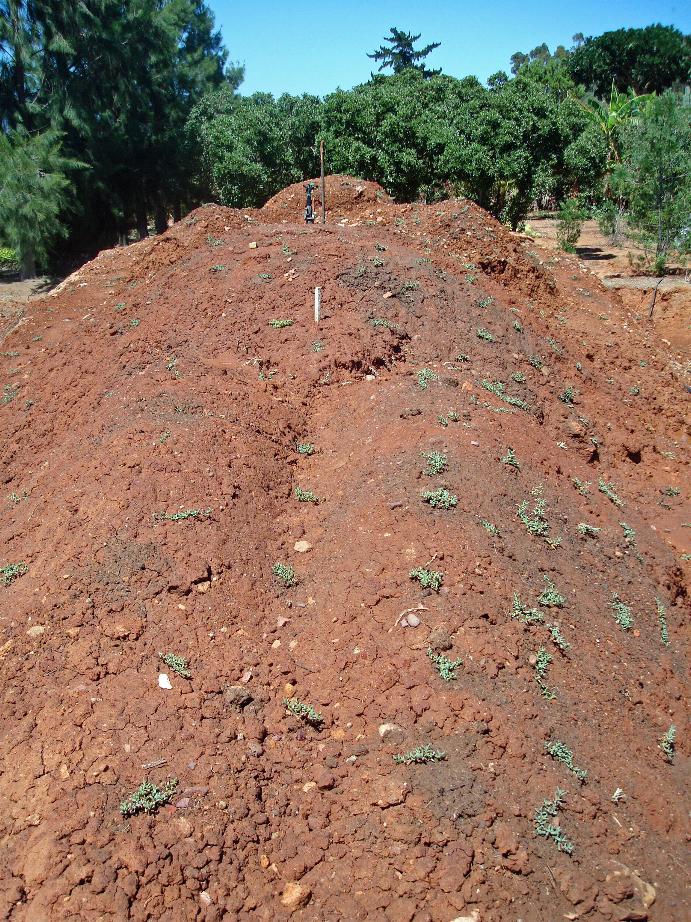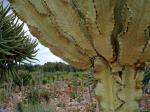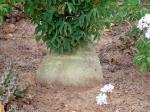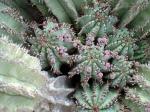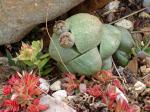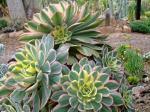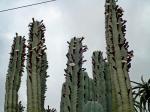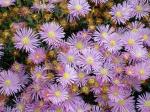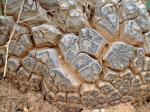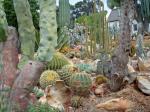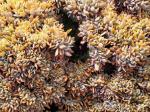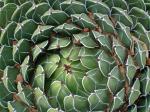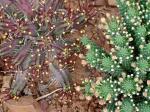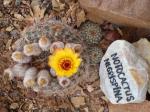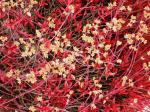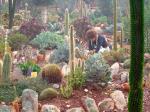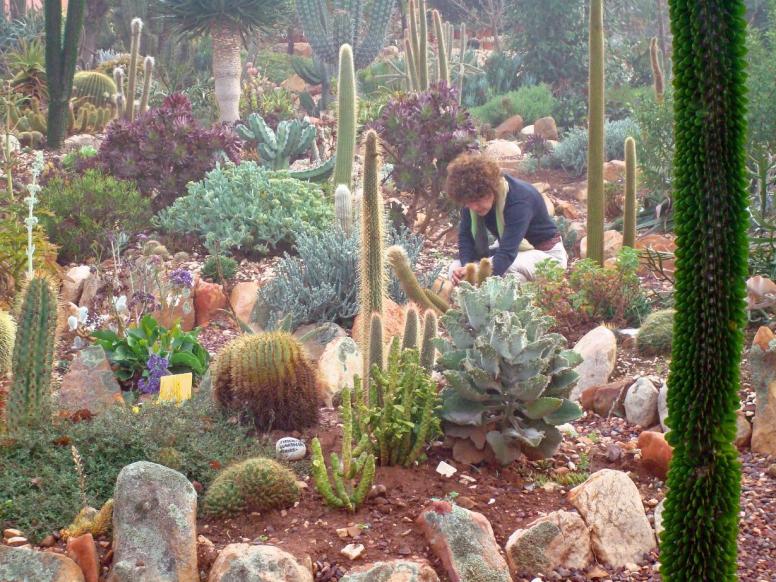This post is “Under continious Construction”.
In the past we have mentioned a few times ‘soil’ and ‘soil preparation’. See here, there and there.
Every nursery has its own recipes and one may assume that these all work.
In addition to the info provided via the links above:
Succulent plants thrive in a wide range of soils each with their own characteristics. An Aloe plicatillus originate from acid soil (pH <6) near Franschoek in South Africa and and the Gunniopsis glabra originate from a saline flood plain (pH >7.5) in Western Australia.
These differences don’t necessarily mean that these plants don’t grown in different environments.
A good (general) pH of the soil is just below neutral (=pH 7); pH 6.8 is recommended. Soil analysis in the Western Cape is done by Bemlab in Somerset West Do It Yourself pH-meters are not always accurate.
An interesting article about pH is this one. With thanks to Ralph Martin of the south Wales branche of the British Cacti ad succulent Society.
The most important characteristic of the soil is drainage. Especially the top soil must drain freely an excess of water to avoid ‘neck rot’ and also (high temperatures after rainfall) mealy bugs. Ideal is a free draining top layer (10-20cm) of coarse sand or gravel rich soil and a sublayer (10-20 cm) which can accumulate a little bit of water. The characteristics of the sub soil (>30 cm) should be more or less simular to that of the sublayer of the topsoil and is important for deep rooting plants like collumnar cacti. Soil (top- and subsoil alike) may never be waterlogged.
Preferable poor soil (low organic content) but some compost (preferable of horse manure or composted mushroom medium) in sublayer and subsoil is recommended. In some part of South Africa (for example those with brackish/saline soil) an small dose of bonemeal can improve the soil. Fertilisers (even dried chicken manure or ‘bounce back’) improve plant growth but also make the plants extra vunerable for pests and diseases.
No-till
In large scale agricultural operations there is an increasing amount of farmers that implements ‘no-till’ in the cultivation of their crops thus as less as possible disturbing the soil.
Quote from Wikipedia: In no-till farming the soil is left intact and crop residue is left on the field. Therefore, soil layers, and in turn soil biota, are conserved in their natural state. No-tilled fields often have more beneficial insects and annelids[12], a higher microbial content, and a greater amount of soil organic material. Since there is no plowing there is less airborne dust.
No-till increases the amount and variety of wildlife. This is the result of the improved cover because of surface residue and because the field is disturbed less often than conventional fields.
If you know that your soil is suitable don’t dig. 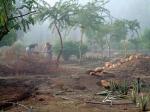 Preparation limits itself than only to weeding, cleaning and planting unless you planned to make (small) rockery heeps, etc. (see picture).
Preparation limits itself than only to weeding, cleaning and planting unless you planned to make (small) rockery heeps, etc. (see picture).
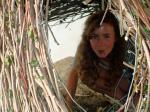
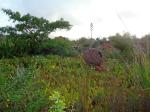
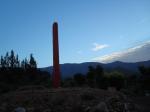
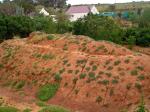



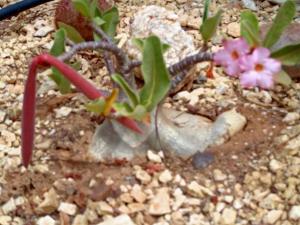

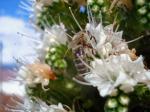
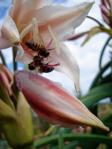
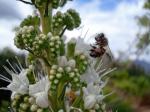

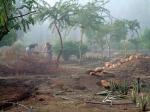



 Preparation limits itself than only to weeding, cleaning and planting unless you planned to make (small) rockery heeps, etc. (see picture).
Preparation limits itself than only to weeding, cleaning and planting unless you planned to make (small) rockery heeps, etc. (see picture).